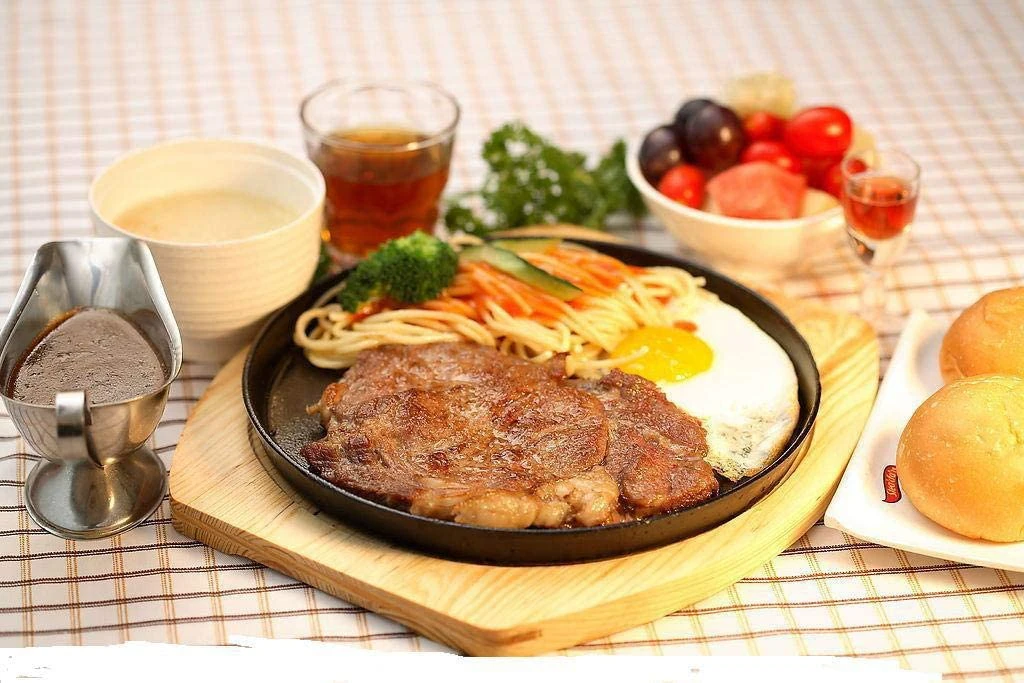
Selecting the Perfect Dutch Oven for Your Cooking Needs
Choosing a Dutch Oven A Comprehensive Guide
When it comes to versatile cooking tools, few can match the utility and charm of a Dutch oven. Whether you’re a seasoned chef or a home cook, investing in a quality Dutch oven can elevate your culinary skills to new heights. However, with so many options available, selecting the right one can be daunting. This article aims to guide you through the important factors to consider when choosing a Dutch oven that suits your needs.
1. Material Matters
Dutch ovens are typically made from three primary materials cast iron, enameled cast iron, and ceramic.
- Cast Iron Traditional cast iron Dutch ovens are prized for their excellent heat retention and even distribution, which allows for slow cooking and braising. They are perfect for preparing stews and soups but require regular seasoning to maintain their non-stick surface and to prevent rust.
- Enameled Cast Iron Enameled cast iron combines the benefits of traditional cast iron with an added enamel coating. This makes them easier to clean and prevents rust, while also allowing them to be used with acidic foods. Brands like Le Creuset and Staub are renowned for their beautiful enameled Dutch ovens, which come in various colors and sizes.
- Ceramic Ceramic Dutch ovens are often lighter and can be used in the microwave, oven, or refrigerator. However, they may not hold heat as effectively as cast iron and can be more prone to cracking or chipping.
Dutch ovens come in various sizes, typically ranging from 2 quarts to over 10 quarts. The size you choose will depend on your cooking habits and household size. For example, a 5-quart Dutch oven is great for small families or individuals, while larger versions are ideal for bigger gatherings or batch cooking. It’s wise to consider your stovetop and oven space, as well; some larger sizes can be cumbersome.
3. Shape
Most Dutch ovens are round, but you can also find oval-shaped ones. Round Dutch ovens are excellent for most applications, while oval versions can better accommodate larger cuts of meat like roasts and whole chickens. The shape can affect how evenly food cooks, so think about what dishes you plan to prepare.
choosing a dutch oven

4. Lid Design
The lid of a Dutch oven plays a crucial role in cooking. Look for a lid that fits tightly, as this helps trap moisture and flavors. Some lids even come with self-basting ridges, which help to redistribute moisture back into the food. Others may have a more domed shape, allowing for better steam circulation.
5. Heat Source Compatibility
While most Dutch ovens are suitable for stovetop and oven use, it’s essential to check if your chosen model is compatible with induction cooktops. Additionally, some enameled Dutch ovens can be used in the dishwasher, while others may require hand washing.
6. Budget Considerations
Dutch ovens vary widely in price, from budget-friendly options to high-end models. It’s essential to balance quality with your budget. Generally, investing in a higher-quality Dutch oven can save you money in the long run due to its durability and performance.
7. Aesthetic Appeal
Lastly, don’t overlook the aesthetic aspect of your Dutch oven. Many enameled versions come in a variety of beautiful colors that can enhance your kitchen décor. A Dutch oven can double as a serving piece, so choose one that you love!
Conclusion
Choosing the right Dutch oven can significantly enhance your cooking experience. By considering material, size, shape, lid design, compatibility with heat sources, budget, and aesthetic appeal, you can find the perfect Dutch oven for your kitchen. Regardless of the choice you make, a Dutch oven is a worthy investment that will serve you well for years to come. Happy cooking!
-
Season Cast Iron Perfectly with GPT-4 Turbo TipsNewsAug.01,2025
-
High Quality Cast Iron Cookware - Baixiang County Zhongda MachineryNewsAug.01,2025
-
Premium Cast Iron Pan: Durable & Perfect HeatNewsAug.01,2025
-
High Quality Kitchen Durable Black Round Cast Iron Cookware Pancake Crepe Pan-Baixiang County Zhongda Machinery Manufacturing Co., Ltd.NewsAug.01,2025
-
Cast Iron Cookware - Baixiang County Zhongda Machinery | Nonstick, Heat ResistanceNewsAug.01,2025
-
High Quality Kitchen Durable Black Round Cast Iron Cookware - Baixiang County Zhongda Machinery | Non-Stick, Heat Retention, DurableNewsJul.31,2025


